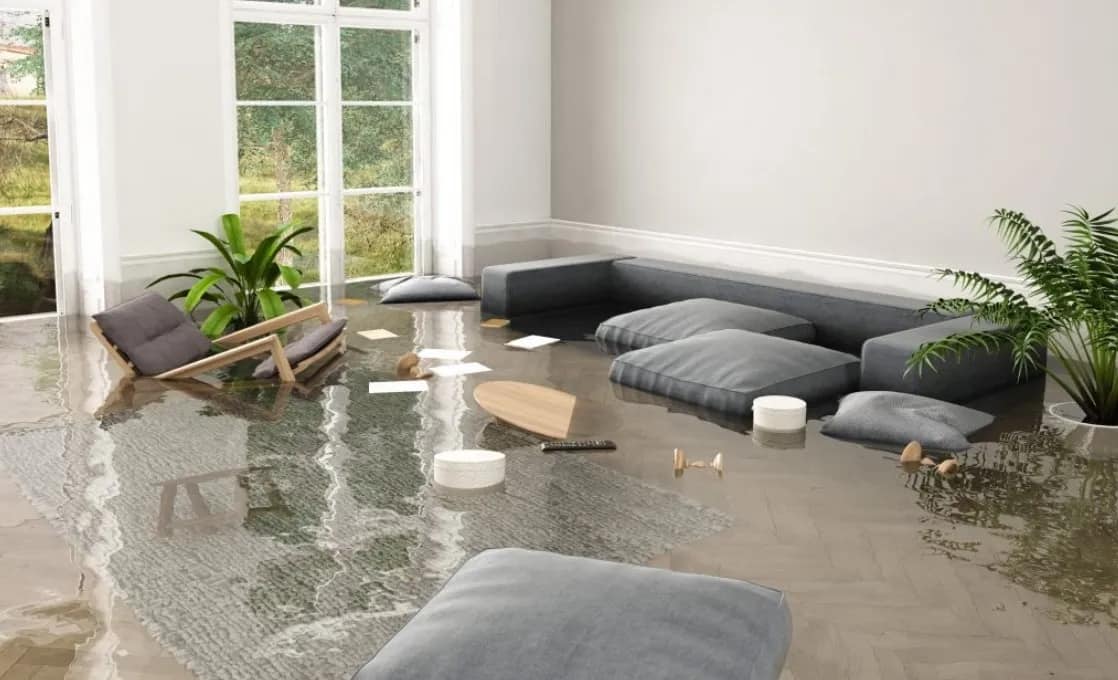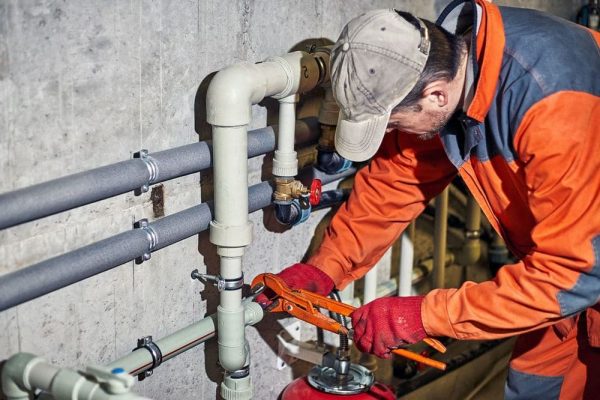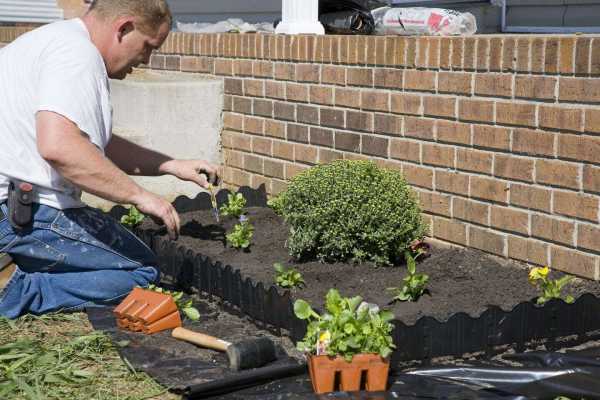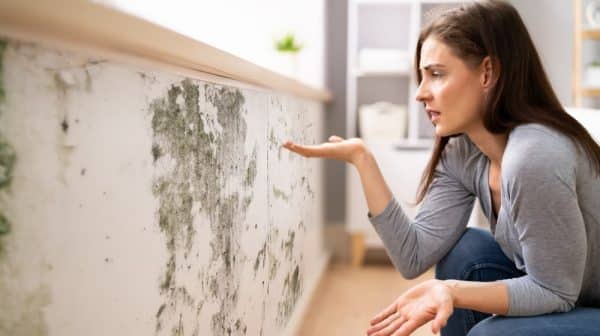
Owning a home is a major responsibility that certainly isn’t as easy as it sounds. While the first few years being in a home will likely pass without incident, the following years are where the true test will begin. Over time, a home will naturally require maintenance to ensure that everything is operating properly, and no damage has formed. One common source of damage that a home can face comes from water, but few homeowners actually know how to respond to this incident.
By learning everything there is to know about water damage, including the common signs and how to react, a homeowner can fix the issue faster and prevent additional damage within their home.
What is Water Damage?
As implied by the name, water damage is any type of interior or exterior damage to a space that results from exposure to moisture. It is a physical form of damage that can impact anything from the drywall in a home to the wooden beams that support the home itself. In some serious cases, with enough time passed, water can even damage stronger materials such as metal in a home.
Given that the average cost to fix water damage in a home ranges from $3 to $4 per square foot for damage from clear water alone, amounting to an average total cost of $1,300 to $5,600, it’s worth learning the common causes and signs of water damage so that it can be stopped.
What Are the Common Causes of Water Damage?
There are a variety of reasons a home may be exposed to water that can lead to damage, but the most prominent of these include:
- Exposure to severe elements via a natural disaster such as flooding
- Blocked drains that build up over time
- Malfunctioning sprinkler systems
- A leaking water heater or AC unit
- Clogged gutters outside of the home
- Supply line leaks in the washing machine
- Accumulated condensation due to an AC unit
Given that water damage can be caused by one or more of the above, it’s important to keep a vigilant eye out for the signs that your home has been exposed to this damage.
4 Key Signs of Water Damage in a Home
The best way to reduce the cost of water damage in a home is to catch the problem as early as possible so that it doesn’t get worse. The following four signs of water damage are the most important to keep an eye out for:
- Bubbling or flaking on the walls
Should a homeowner notice that the walls, ceiling, flooring, or other areas in a home seem to bubble up or flake from within, it’s possible that water damage has occurred. If you are able to access the area that is immediately around that point, inspect it to see if there is a leak or some other source of water. - Strange or musty smells emanating from the home
This sign of water damage tends to come at a later stage as water will need to have accumulated for some time to cause a musty smell. This will almost always come from an interior or hidden area of the home that is not easily visible. - Visibly warped walls or ceilings
Similar to the bubbling or flaking of walls on floors and ceilings, a homeowner may also notice that their walls appear to be warped in shape or color. Water can cause discoloration or warping, which is why taking note of this sign is important. See if the problem starts to get worse or if it’s in conjunction with other signs on this list. - Inexplicable random health issues
Standing water just so happens to be a breeding ground for a variety of bacteria, viruses, and even mold. In fact, the American Lung Association notes that standing water due to water damage can cause the nasty items above to become airborne and inhaled, potentially leading to lung disease.
What to Do
Above all, the first thing anyone should do when noticing water damage is to look up water damage restoration near me to find where certified professionals are in the area. Beyond this, consider some of the following tips:
- Locate the source to stop the flow of water
Naturally, the first step after identifying water damage is to stop it from getting worse by locating the source of the damage. If it was caused by something natural then there is no further action, but if there is a leaking pipe or other type of leak it should be sealed as soon as possible. - Remove any wet items and attempt to dry out the area
If items within a space have been dampened by the water damage, consider removing them to speed up the drying process of a room. Should the water damage be caught early enough, it’s possible that some items will still be salvageable, but inspect everything before letting it dry. - Inspect for any potential mold that has developed
Mold presents one of the more serious health risks of water damage and is something that should be looked for immediately when finding water damage. Inspect the area to see if anything has developed and take action to remove it if you are able to. - Contact a water damage restorationist as soon as possible
Finally, as mentioned, anyone who has found evidence of water damage should reach out to a damage restorationist who can help them solve the issue.
While noticing the signs of water damage can certainly be a concerning, noticing it when you did is better than not noticing it at all. Once the signs have been identified, a homeowner can take preliminary action by drying out the area and stopping the actual source of the water damage. From there, a professional restorationist service can come in to fix the damage that the water caused in the home. Take action to protect the integrity of your living space today.








